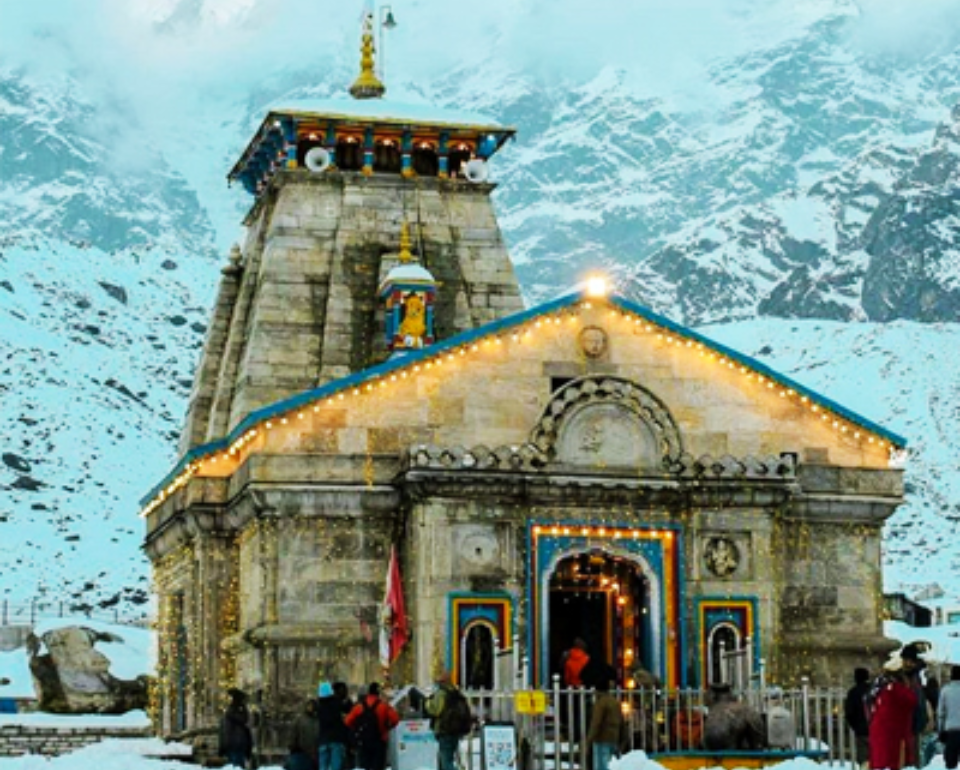
One of the most important temples of Sanatan Dharma (Hinduism) the Kedarnath temple shrine is situated in the high altitude said to have been constructed there by the Pandavas of Mahabharata who were seeking pardon for the ills and sins that get written to one's accounts due to practices such as war. {{keyword}}
Kedarnath is a town and Nagar Panchayat in Rudraprayag district of Uttarakhand, India, known primarily for the Kedarnath Temple. {{keyword}} It is approximately 86 kilometres from Rudraprayag, the district headquarter. Kedarnath is the most remote of the four Chota Char Dham pilgrimage sites.
The best season to visit Kedarnath is summer when the temperature is moderate and stays between 15-30 degrees Celsius. The sun is warm and there is a gentle cool breeze that makes the day pleasant.
The grand and impressive structure of Lord Shiva's shrine is made of grey stone. Steep climb stretching to 14 km from Gauri Kund brims with abundant beauty of nature. The paved and steep path gifts the pilgrims the fantastic views of snowy-peaks, alpine meadows and delightful forests of rhododendrons. A large stone statue of Nandi Bull stares at the shrine, guarding it, sitting right opposite it.
There is one Garbha Griha which houses the primary idol (pyramid shaped rock) of Lord Shiva. The idols of Lord Krishna, Pandavas, Draupadi and Kunti find a space in the Mandapa section of the shrine. {{keyword}} The temple has withstood natural calamities like avalanches, earthquakes and floods for over thousand years and still stands as strong and elegant as it must have originally been.
Kedarnath was the worst affected area during the 2013 flash floods in North India. The temple complex, surrounding areas, and Kedarnath town suffered extensive damage, but the temple structure did not suffer any major damage, apart from a few cracks on one side of the four walls which was caused by the flowing debris from the higher mountains. A large rock among the debris acted as a barrier, protecting the temple from the flood. The surrounding premises and other buildings in the market area were heavily damaged. {{keyword}}
With the onset of winters, the portals of the temple are closed on the 1st day of Karthik (Oct/Nov) amid elaborate rituals, and a moveable idol of Shiva is shifted to Omkareshwar temple in Ukhimath (Rudraprayag district). The Shiva idol is welcomed back and the temple is opened again after 6 months in the Vaisakh (Apr/May) period of Hindu calendar.